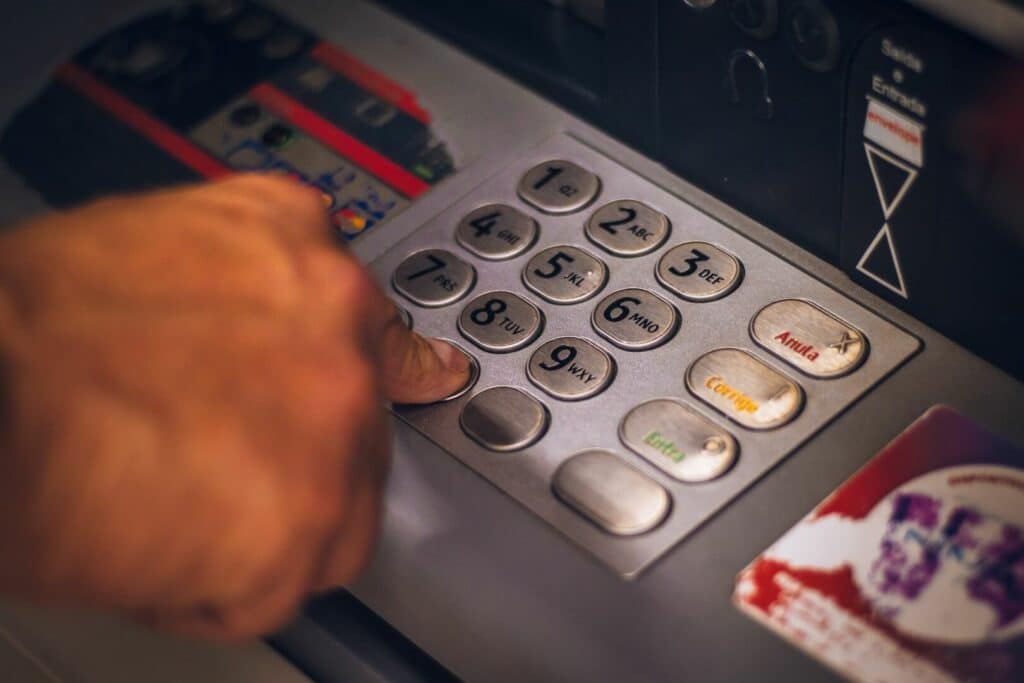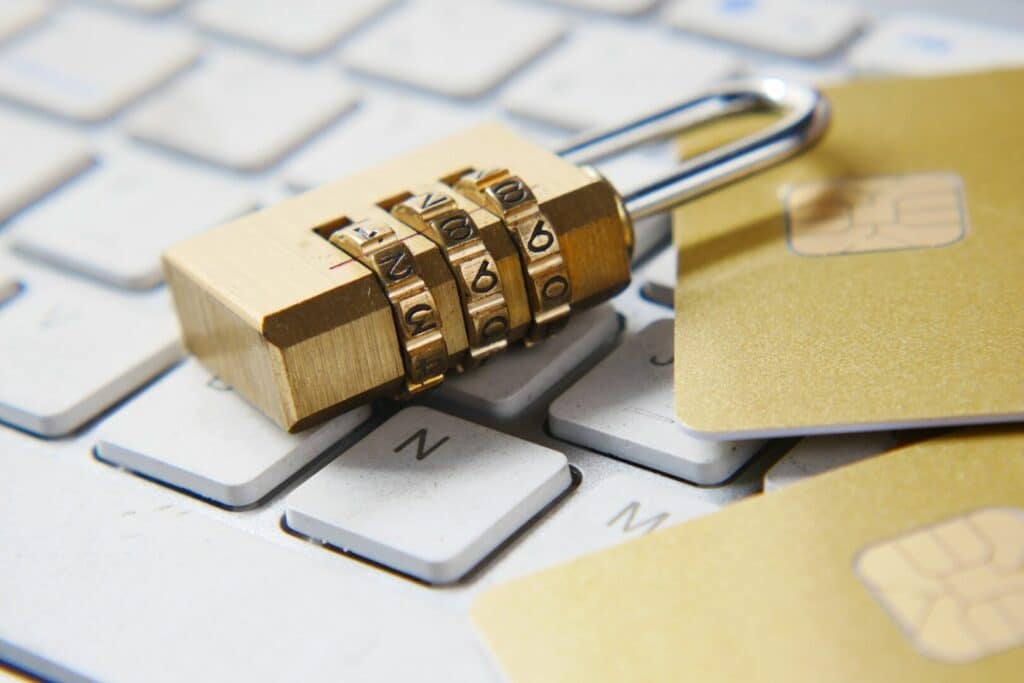Payment data is one of the most sought after targets by fraudsters in today's increasingly digitalized world. The range of types of fraud is diverse and constantly changing. In this article we will introduce you to the most common methods criminals use to try to obtain sensitive payment data.
The top level of internet crime in Germany: property and counterfeit crimes
Cybercrime is ubiquitous today. Perpetrators around the world try different things every day Crimes using the internet as a means of crime to commit. The most common crimes are property crimes and forgery crimes - including various types of fraud. These represent a serious threat because they can lead to significant financial losses and personal stress.
Fraud cases that have already taken place demonstrate the need for awareness of the diverse and changing threats. The use of simple authentication and standardized anti-virus programs is no longer enough. Regular checks, the correct protection of payment data on the move and other measures against specific types of fraud also need to be taken into account.
Skimming – in the shadow of the ATMs
Skimming does not require online access. Cyber fraud methods not only concern the dangers on the Internet. Other digital devices such as ATMs, point-of-sale terminals and payment terminals can also be affected. Skimming is an approach in which criminals attach devices called skimmers to ATMs and terminals. This allows them to secretly collect credit card or debit card information.
The stolen data is then used to make fraudulent transactions or clone the card to withdraw money. The risk of being affected by skimming is particularly high because the skimmers are often cleverly disguised and difficult to detect. G DATA provides information about protection against skimming and recommends users to always check the condition of card readers and keyboards at ATMs. You should also always monitor your account transactions and contact the bank immediately if you suspect anything.
Phishing – fishing for sensitive data
Phishing digital fraud is an approach in which fraudsters forge communications. By creating emails, text messages, or websites, they attempt to impersonate legitimate organizations. By doing this, they attempt to trick unsuspecting users into revealing sensitive information such as usernames, passwords, and credit card details. The fake communications are often extremely convincing. The Federal Office for Information Security has this current examples of phishing attacks published. The messages appear to come from trustworthy sources, but were created by data thieves. Victims of phishing can suffer serious financial and personal harm. This makes it all the more important to check emails (as well as email addresses), text messages or websites more closely. In addition, confidential information should only be stored securely platforms be disclosed.

Attention – everyone is affected!
The threat of property and counterfeit crimes affects everyone. Even the bank card is not always safe, as skimming shows. Therefore, increased vigilance and investment in security measures is critical. Particularly Companies should not save at the wrong end. A good cybersecurity concept can protect not only the company's data, but also that of customers and employees.

Account Takeover – the account takeover
Account takeover refers to the targeted attack on online accounts. In this type of fraud, fraudsters use stolen credentials to gain unauthorized access to other people's accounts. After the fraudulent takeover, they can withdraw money, conduct fraudulent transactions or change personal information. The takeover process often takes place through phishing, malware or the exploitation of security gaps. In addition to the takeover of financial accounts, social media channels are also often affected.
In many cases, fraudsters attempt to harm the victim or obtain personal information by contacting other social media users. Victims of account takeover not only suffer financial losses, but also the theft of sensitive data. To protect yourself, strong passwords and two-factor authentication should be used. In addition, suspicious activities should be reported immediately.
Ransomware – ransom demands and data theft
The fraudulent and malicious software Ransomware is a blackmail Trojan. This sneaks onto computers and networks via email attachments, infected websites or software vulnerabilities to access files encode and deny access. The attackers or creators of the Trojan then demand a ransom in order to restore the data. Encrypted cryptocurrencies are often associated with cybercrime and ransomware. This makes it impossible for scammers to be traced after receiving the ransom.
Victims of ransomware are faced with the decision of paying the ransom or losing valuable data. Companies are particularly often affected by attacks because they often work with valuable data. Since the attack often only lasts a few seconds and fraudsters demand quick reactions, calling for help can make a pointless decision. However, victims are advised to call the police following the following steps:
- turn off the WiFi immediately
- pull the network cables
- no longer work on the system
It is important to note that the system must not be shut down. For police forensic analysis and ransomware forensics, it is important that the information is retained in RAM memory. Shutting down the system ensures that all data is deleted RAM. To prevent blackmail Trojans, it is recommended to make regular updates and backups, as well as to have strong cyber hygiene and be careful when opening emails and files from unknown sources.

